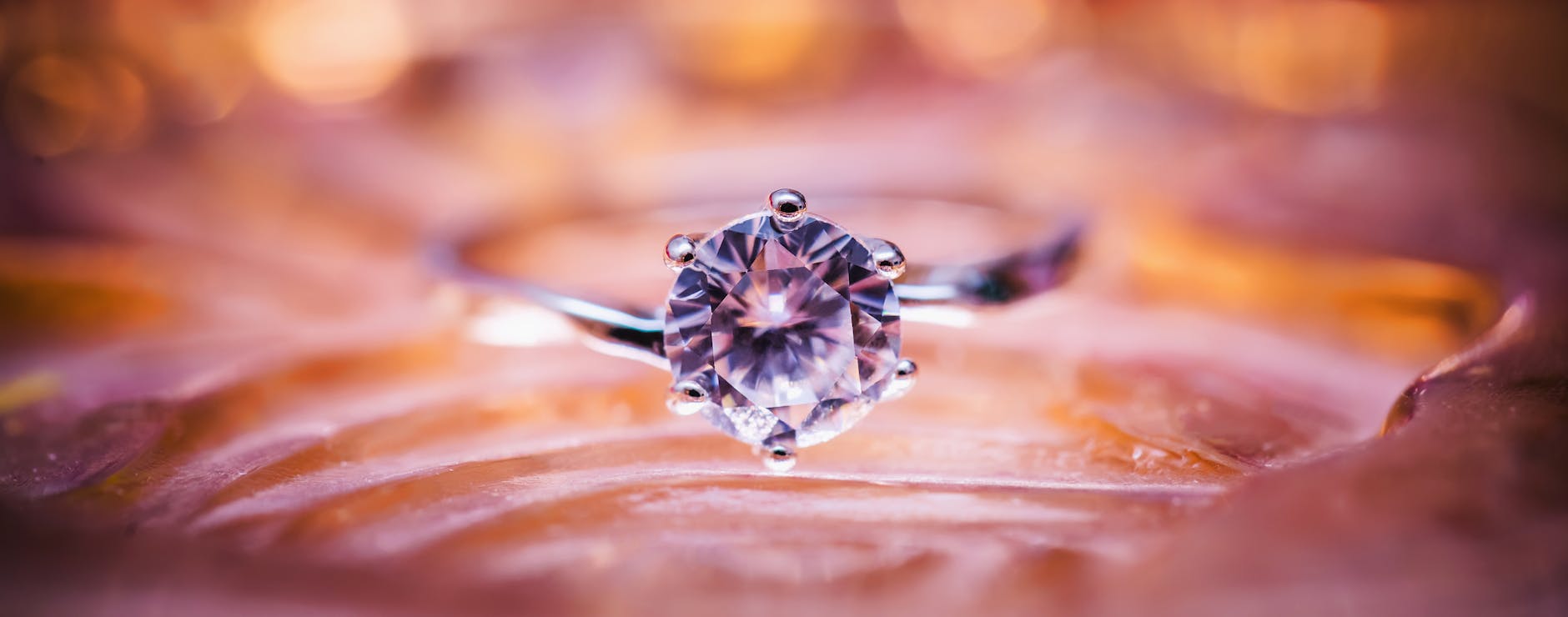Shine Bright Like A (Synthetic) Diamond

Lab grown diamonds are a fast growing phenomenon in the jewelry world, with The “Lab Grown (Synthetic) Diamonds Market” Research Report 2021 predicting a vertiginous rise in popularity for this product. Synthetic diamonds are used in a variety of industries – including construction and mining, healthcare, and electronics, but for lovers of sparkling stones full of fire, they’re also an ideal (and considerably cheaper) substitute for natural diamonds. Synthetic diamonds shine like the real thing and boast the same sturdiness. They are, additionally, available in a wide array of colors, which is ideal considering the current popularity of diamonds in hues like yellow, green and black. If you were wondering about the science behind synthetic diamonds, you’ll be fascinated to learn how engineers have managed to imitate the way that nature creates one of its most highly prized stones.
Heat And Pressure Make Perfect Companions
There are two main methods for manufacturing lab grown diamonds – Chemical Vapor Deposition (CVD) and the High-Pressure High Temperature (HPHT) method. CVD is more commonly used by the jewelry industry, and it all starts with one tiny diamond seed (often made via HPHT). The seed is placed into a high heat chamber and filled with carbon-rich gas. The gases are ionized – a process that destroys molecular bonds and causes carbon to adhere to the diamond seed, and to crystallize little by little. The HPHI method, meanwhile, imitates the force of the subterranean Earth, dissolving diamond to create the diamond seed from which an entire diamond can eventually grow.
Impressive Results
Synthetic diamonds are growing in popularity because they look like the real thing when viewed with the naked eye. They are resistant to scratches and attract light like real diamonds, emitting a beautiful ‘fire’. Synthetic diamonds are currently a good choice for engagement rings and other symbolic jewelry, since they cost between 20% and 40% less than naturally mined diamonds. This enables purchasers to buy larger sized bling for special pieces.
How Are Lab Grown Diamonds Colored?
Colored diamonds and gemstones are currently gracing earrings, rings, bracelets and necklaces, as well as brooches and other high-end accessories. The science behind them is equally as fascinating as the science behind making clear diamonds. Different shades are achieved by employing different gases or elements, pressures and processes. Nitrogen is used to create yellow, brown and orange diamonds; boron and carbon to make blue diamonds; natural gamma radiation for green diamonds; and higher pressure for pink and red diamonds.
Synthetic diamonds have come a long way, with both CVD and HPHT currently used to create sparkling pieces at much more reasonable prices. Colored diamonds are trending, but these, too, can be perfectly recreated in a lab. Gamma radiation, high pressure, and the addition of gases and elements can lend diamonds brilliant hues that make perfect central stones for special pieces of jewelry.






